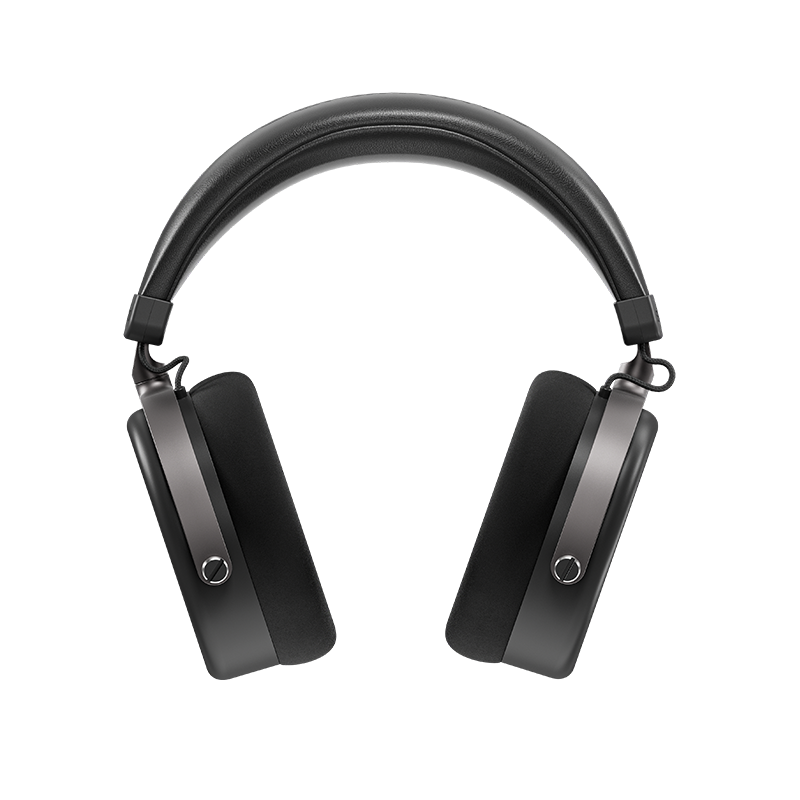Unlocking the Secrets: Why Monitoring Headphones Are a Game-Changer for Every Audiophile!
In the world of audio production, the right tools can make all the difference, and monitoring headphones are at the forefront of this essential equipment. Unlike regular headphones, which often enhance sound for a more enjoyable listening experience, monitoring headphones offer a true and accurate representation of audio. This precision is crucial for mixing, mastering, and any audio work where clarity is key. In this article, we will delve into the features and benefits of monitoring headphones, exploring why they are not just for professionals but also a fantastic choice for audiophiles looking to elevate their listening experience. Whether you're a seasoned audio engineer or a casual listener, understanding the purpose and advantages of monitoring headphones will help you make informed decisions.

Understanding Monitoring Headphones
Monitoring headphones are specifically designed for audio professionals who need to hear every detail of their recordings. Their primary purpose is to provide a flat frequency response, meaning they reproduce sound without coloring it, allowing for true representation of the audio being produced. This is fundamentally different from regular headphones, which often boost certain frequencies to enhance the listening experience but can compromise the integrity of the sound. Regular headphones might make music more enjoyable for casual listening, but when it comes to critical listening tasks, monitoring headphones shine. They enable engineers and producers to make accurate adjustments during the mixing and mastering processes, ensuring the final product sounds great on all playback systems.
Key Features of Monitoring Headphones
Monitoring headphones come with essential features that set them apart from standard audio devices. One of the most important characteristics is their flat frequency response, which allows for a more accurate playback of sound. This means that every note, every beat, and every vocal nuance is heard as intended by the artist. Additionally, comfort is critical for long studio sessions; many monitoring headphones are designed with plush ear cups and adjustable headbands to ensure they can be worn for hours without discomfort. Lastly, durability is a must-have feature. Given their frequent use in professional settings, they are typically built to withstand the rigors of daily use, ensuring they remain reliable over time.
Sound Quality
Sound accuracy and clarity are paramount in monitoring headphones. When mixing audio, even the slightest distortion or misrepresentation can lead to poor decisions. A friend of mine, a sound engineer, once recounted how switching to high-quality monitoring headphones transformed his workflow. He was finally able to identify subtle changes in the mix that he previously missed, leading to a more polished final product. This clarity allows producers to make informed adjustments, ensuring that each track sits well within the mix. Without this level of sound quality, achieving a professional sound becomes an uphill battle.
Comfort and Fit
Comfort is often overlooked but is essential when using headphones for extended periods. Monitoring sessions can last for hours, and headphones that don't fit well can lead to fatigue and distraction. Features like cushioned ear cups and adjustable headbands are crucial for a snug yet comfortable fit. I remember attending a recording session where the engineer insisted on using a particular pair of monitoring headphones. I was skeptical at first, but once I put them on, the comfort was immediate. The design allowed me to focus solely on the sound without being distracted by discomfort, highlighting how essential fit and comfort are for optimal performance.
Why Audiophiles Recommend Monitoring Headphones
Audiophiles often recommend monitoring headphones for both casual listening and professional use due to their versatility and reliability. While they are designed for professionals, their accurate sound reproduction makes them a favorite among music lovers who appreciate high-fidelity audio. During a discussion with a group of friends who are avid music enthusiasts, many expressed their preference for monitoring headphones over traditional ones because they allow them to experience music as the artist intended. This level of fidelity means that listeners can appreciate the finer details in their favorite tracks, making for a more engaging and immersive experience.
Versatility Across Genres
One of the standout features of monitoring headphones is their ability to perform well across various music genres and audio types. Whether you're listening to classical music, rock, or electronic beats, monitoring headphones provide a balanced sound that enhances every genre. This adaptability makes them suitable for different listening environments, whether in a quiet studio or a bustling cafe. I've found that using monitoring headphones allows me to appreciate the nuances of different genres, revealing layers of sound that I had previously missed, thus enriching my overall listening experience.
Elevating Your Audio Experience with Monitoring Headphones
In summary, monitoring headphones are an invaluable tool for both professionals and audiophiles alike. Their unique features, including sound accuracy, comfort, and durability, set them apart from regular headphones. As we have discussed, the benefits of using monitoring headphones extend beyond the studio, providing an elevated listening experience for music lovers. If you're serious about audio quality, consider investing in a pair of monitoring headphones. They will not only enhance your music enjoyment but also allow you to hear every detail as the artist intended, transforming your audio experience.








